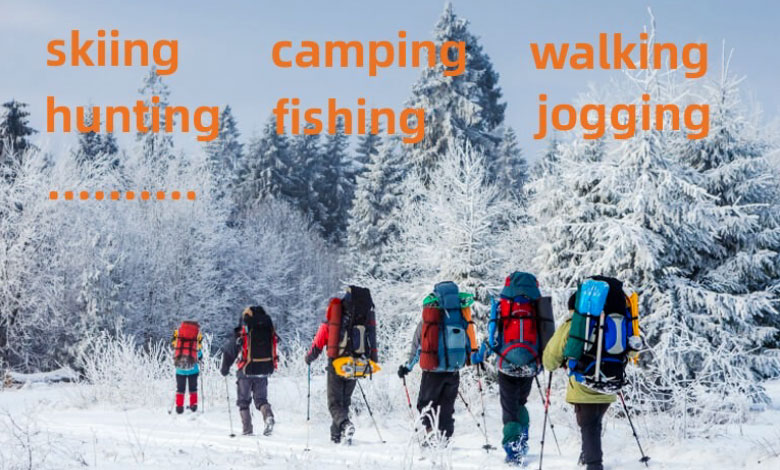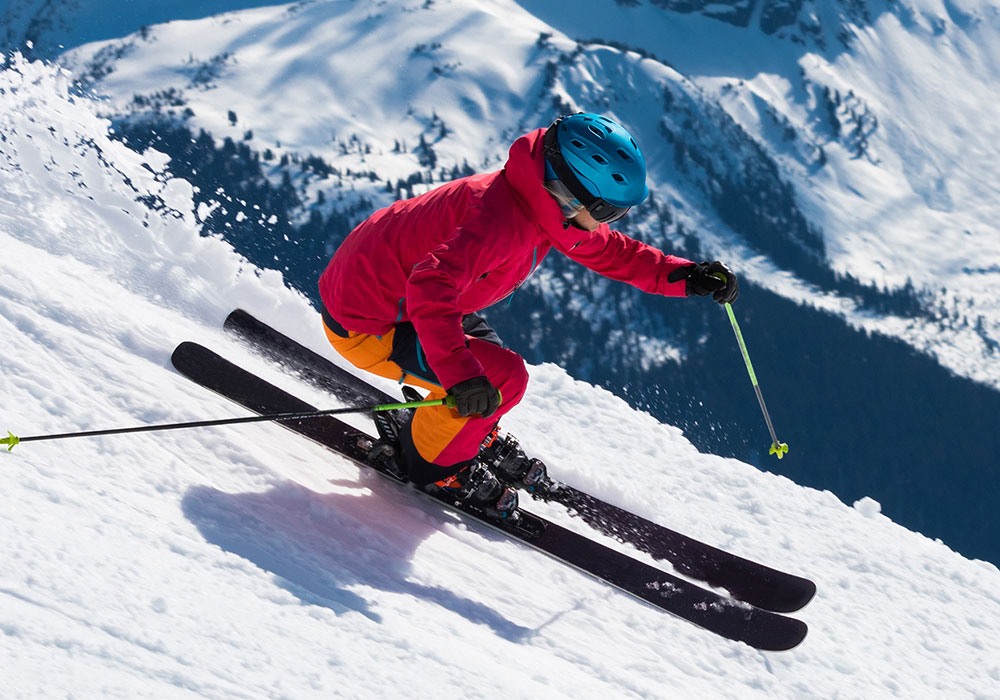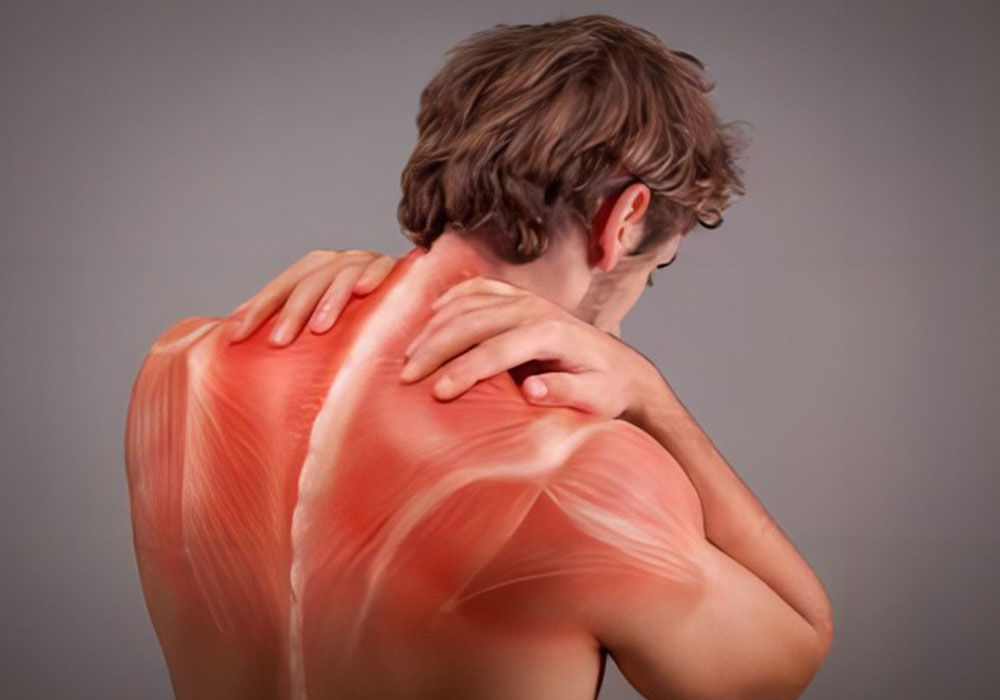Air-activated disposable warmers, such as hand warmer, foot warmer, or body warmer, contain iron powder, activated carbon, salt, water, vermiculite and Super Absorbent Polymer, which work based on an exothermic chemical reaction. Here is a entire step explanation of how these warmers work and their application in winter outdoors.
Ingredients:
– Iron Powder: We use high-quality iron power from the famous Laigang Group. The iron powder is typically made from the reduction of iron ore, which is finely divided to increase its surface area.
– Activated Carbon: It acts as a catalyst, promoting the reaction between iron powder and oxygen. One is to absorb water in the air to ensure the smooth progress of the oxidation reaction; another is providing a larger surface area and distribute the heat evenly.
– Salt: It also acts as a catalyst and help control the reaction rate. It will ensure a steady release of heat.
– Water: It will initiate and facilitate the oxidation of reaction.
– Vermiculite: It is a mineral that expands when heated.It helps maintain a consistent temperature by insulating the reaction and slowing the heat release. This prevents the warmers from getting too hot and quickly, thus to ensure the long heating time and heat preservation.
– Super Absorbent Polymer (SAP): SAP is added to absorb excess water and prevent pre-activation. This ensures that the warmers remain inactive until exposed to the air and to ensure the safety, also it is non-toxic.
Activation (Exposed to the Air):
– When the warmer is removed from its packaging and exposed to the air/oxygen, a chemical reaction called oxidation occurs. The iron powder inside the warmer reacts with oxygen in the air, forming iron oxide (rust) and producing heat. The chemical reaction is as follows:
4Fe + 3O2 → 2Fe2O34Fe + 3O2 → 2Fe2O3
– Exothermic Reaction: The oxidation of iron is an exothermic reaction, meaning it releases heat. This heat is what provide warmth in the warmer.
– Heat Generation: The oxidation process releases the heat gradually over a specific period. The combination of the ingredients in the warmer determines the duration and intensity of the heat produced. The reaction is non-toxic and safe for use in the specified manner.
As a portable self-heating product, they are commonly used in various winter outdoor activities for added warmth and comfort. Especially in winter outdoor sports, self-heating warmers can provide extra heat, increase body comfort and protect body temperature. So what are they used for?
Hand Warmer and Foot Warmer: They are very small, portable that fit inside gloves pockets or shoes. They can provide warmth to your hands, fingers and feet, preventing them from getting too cold during activities like skiing, snowboarding or hiking, etc.
Body Warmer and Large Warmer: They are larger warmers designed to be placed on specific body parts, such as the back or chest.They can be attached to clothing or placed inside pockets to provide lasting warmth during outdoor activities.
Keep Waist and Back Warm: When engaging in winter outdoor sports, the waist and back are easily affected by the cold. Applying self-heating warmers to the inside of clothing around your waist or back can provide extra warmth and reduce muscle stiffness and discomfort.
Warm-up Purpose: A thorough warm-up before beginning outdoor activities can help prevent injury and improve body flexibility. Placing warmers around joints or muscles can speed up muscle blood circulation and increase body temperature, making you better prepared to start exercising.
Emergency Warmth: During winter outdoor sports, if you encounter unexpected situations or get lost, you may sometimes need to wait for rescue or find directions. In this case, air-activated warmers can be used as emergency heat sources in situations where individuals may become stranded or need to maintain body temperature and prevent hypothermia. They are often included in emergency kits for outdoor enthusiasts.
Sporting events: Outdoor sports spectators can use air-activated warmers to stay warm during long hours of watching games or events in cold weather.
Long-term Activities: Some winter outdoor activities may take a long time, such as camping, hiking, mountain climbing, etc. In this case, warmers can be used to provide extra warmth during the night or breaks. Placing them inside sleeping bags or jackets can help you maintain a comfortable temperature.
It is essential to follow the instructions provided with the specific air-activated warmer product. This includes avoiding direct skin contact, placing the warmers in appropriate locations, and ensuring proper disposal after use. Remember that air-activated warmers are supplemental heat sources and should not replace proper winter clothing and precautions in extreme weather conditions.
In addition, what should we do with the self-heating warmers after using them?
Stop using: Make sure the warmers have completely stopped generating heat before handling them. This avoids unnecessary risk or inconvenience caused by heat.
Cooling: Make sure the warmers have cooled completely before handling. Wait for some time for the temperature to drop to a safe level.
Disposal: All the ingredients inside are non-toxic and can be put in the bin. If you would like to dispose them in a more eco-friendly way, you can simply open the contents of the warmer and sprinkle it on the soil, and dispose of the outer part into the bin.



